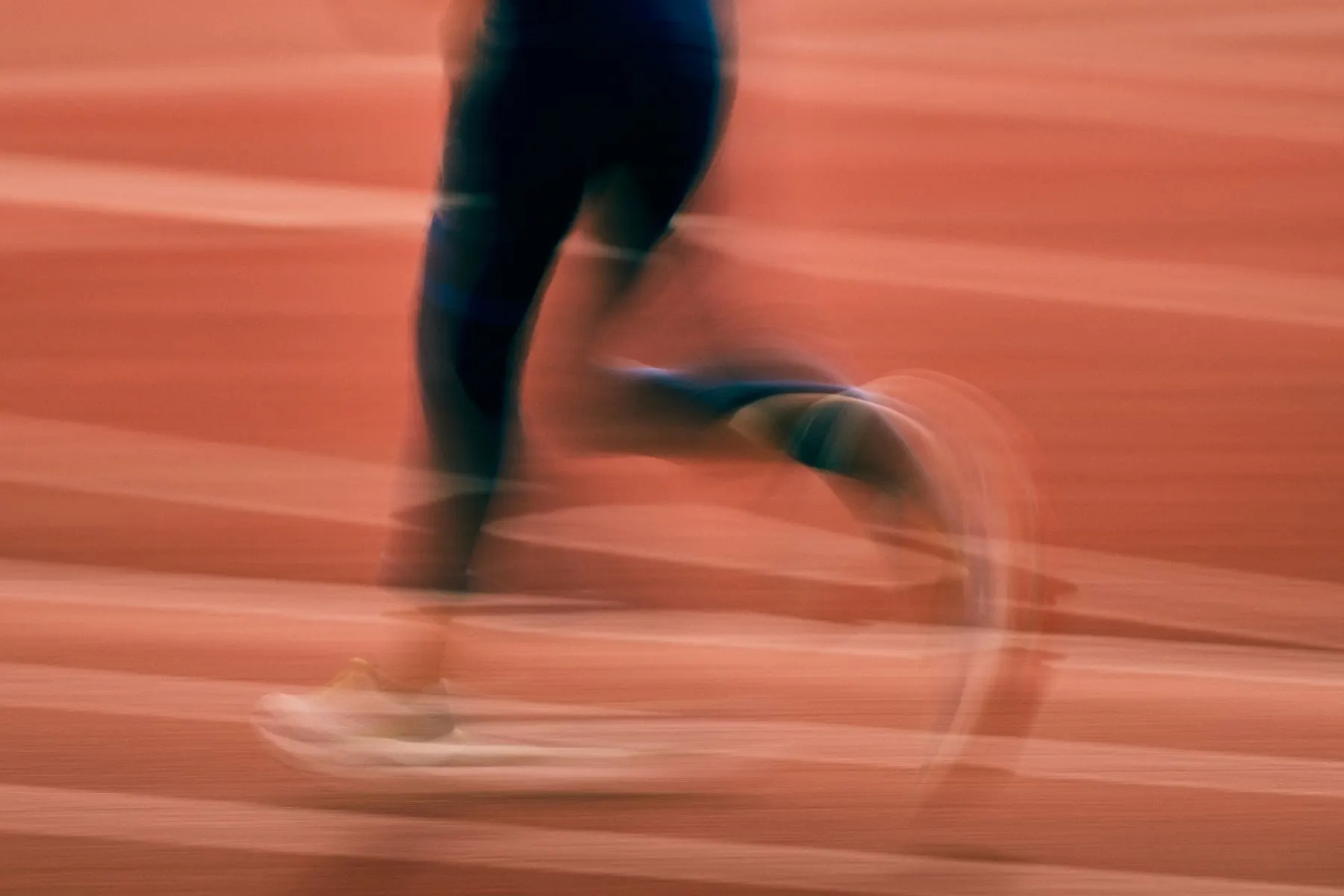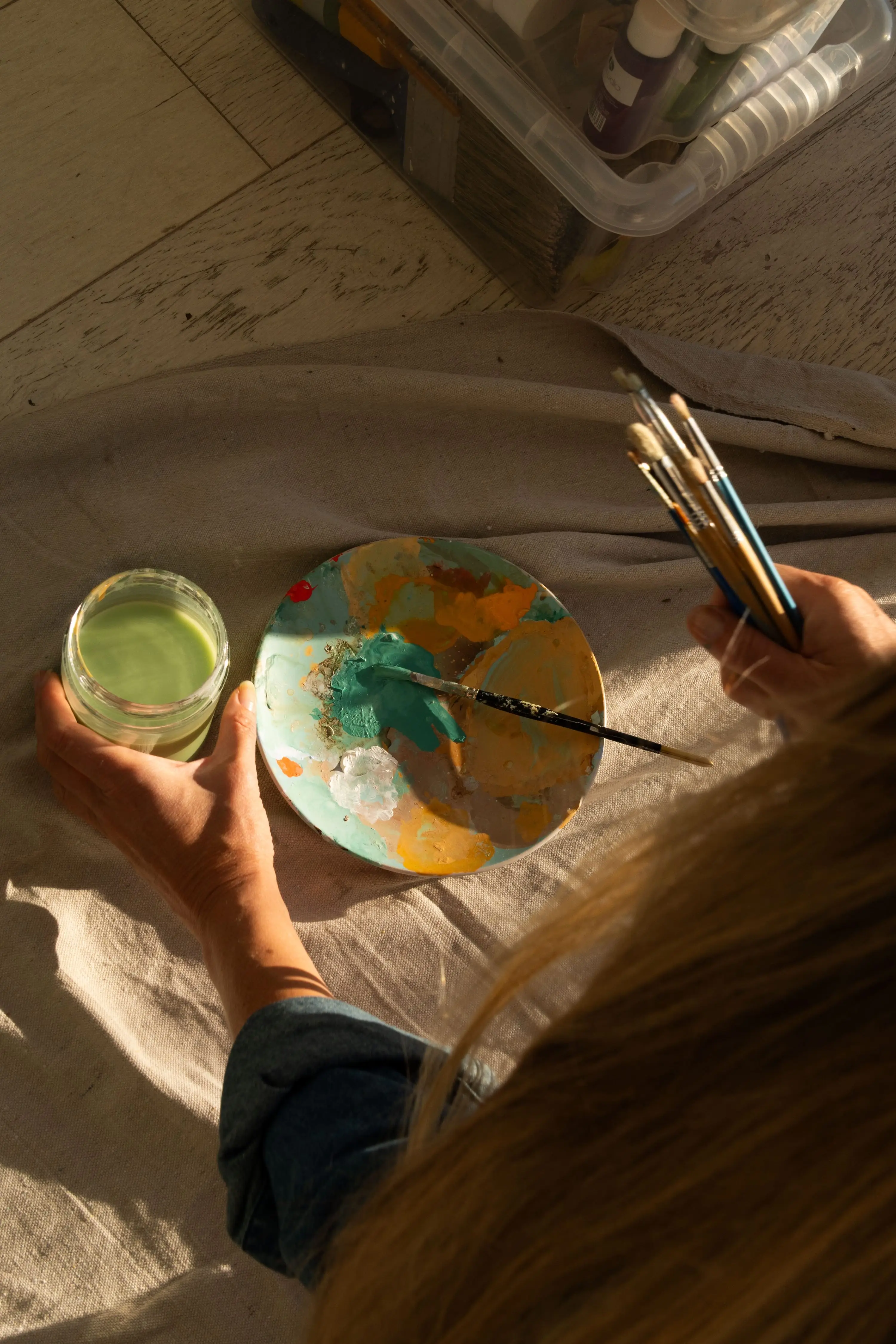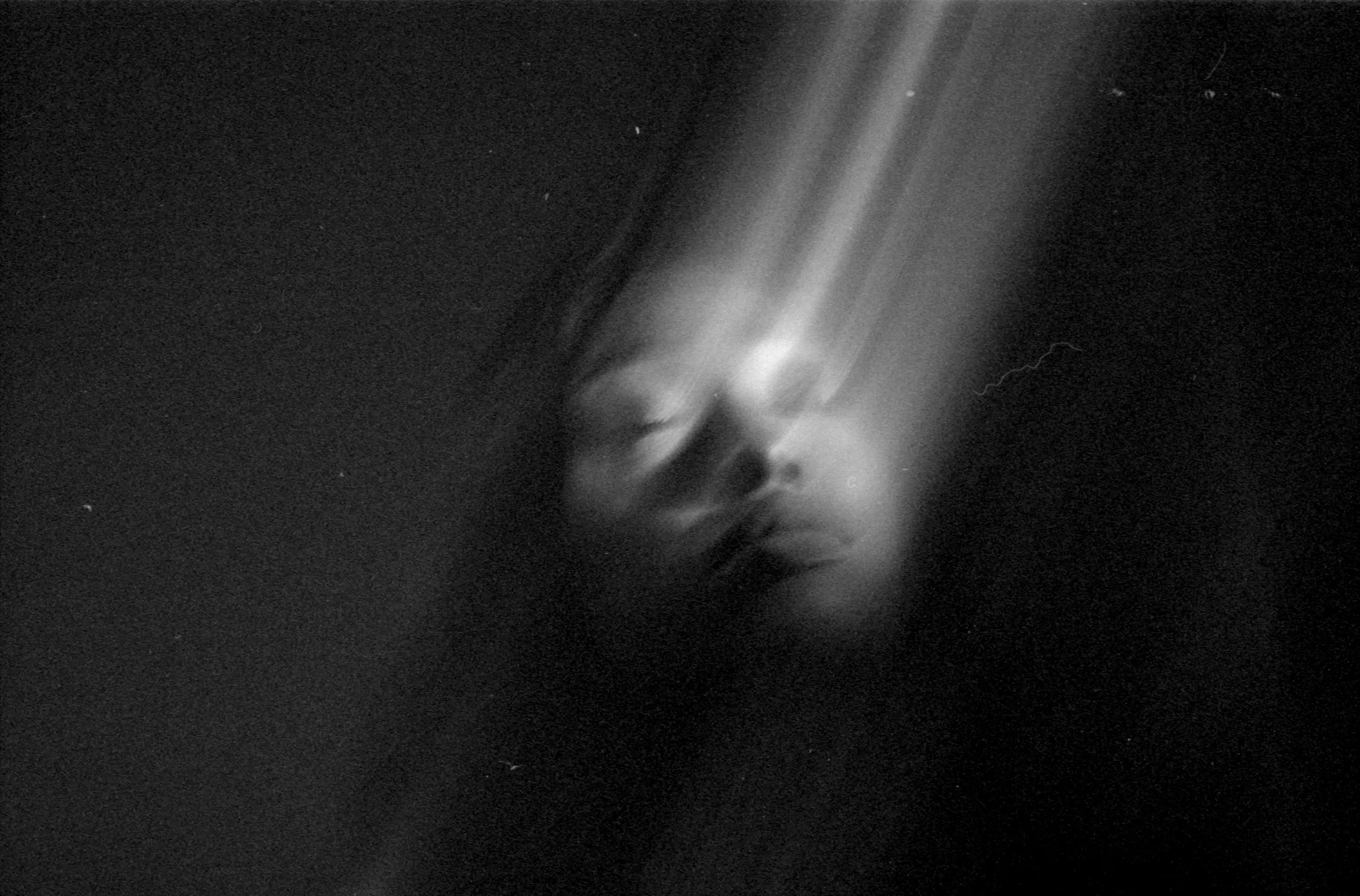
The most interesting work often takes place at the intersection of disciplines. Over the past two years, we’ve partnered with Elevate, one of the world’s leading sports and entertainment agencies, alongside Penn State Athletics and the U.S. Open, two institutions that define American sport in scale and heritage. Together, we’ve explored how digital design can extend and enrich the fan experience well beyond the physical boundaries of venues.


Where once the fan journey was anchored in a game-day moment, today the connection extends across seasons, devices, and platforms. The digital layer is no longer ancillary; it’s the connective tissue that ties what happens live to what happens before and after. In our work with Elevate, Penn State, and the U.S. Open, one guiding question emerged: how can we architect digital experiences that feel as alive, layered, and dynamic as the event itself?
Each collaboration has shown that the moments before and after a live event are now part of the experience itself. Designing for that continuity means thinking less about campaigns and more about systems: modular, responsive environments that flex with storylines, schedules, and seasons.
In 2024, Our Life's Work partnered with Penn State Athletics to design the Beaver Stadium Revitalization website, which became the digital launch point for one of the most ambitious facility transformations in college sports. The goal was to translate a complex, multi-year vision into something immediate and inspiring; to build excitement around what’s coming and to give fans and alumni a clear way to participate in it. Our solution combined storytelling and strategy: an experience that framed the revitalization as a shared movement while making it effortless to explore, understand, and commit to new premium opportunities within Beaver Stadium. The result was a platform that not only generated anticipation but also drove measurable engagement and sales, proving how a well-designed digital experience can turn curiosity into commitment.
The broader opportunity for the sports industry lies in how digital can strengthen relationships, not just extend reach. The most forward-thinking organizations are using digital platforms to connect purpose with participation — to create experiences that feel personal, flexible, and continuous. The website is no longer a static marketing touchpoint; it’s the foundation of how fans experience identity, value, and belonging. For teams, leagues, and venues, this means designing systems that evolve alongside their audiences rather than resetting every season.
The most effective digital experiences in sports don’t chase novelty. They build rhythm. They meet fans where they already are, creating momentum through consistency and anticipation. When design, content, and data align, digital platforms can do what the live environment cannot: sustain energy and emotion long after the final score.
For the U.S. Open, the Reimagining Spectacular site introduced the next chapter of one of sport’s most iconic venues. The brief was to build anticipation around the tournament’s upcoming transformation and to engage fans and partners in what’s ahead. We created an experience that feels distinctly U.S. Open: sophisticated, energetic, and unmistakably premium. Its structure mirrors the event’s rhythm: moments of intensity balanced with space and clarity. Through storytelling, motion, and design, the site conveys both the heritage of the tournament and the ambition of its future. The result is an experience that invites curiosity, rewards exploration, and converts attention into lasting engagement.
The next era of fan experience will be defined by how well organizations connect the emotion of live moments with the intelligence of digital systems. Digital platforms are no longer extensions of the brand; they are the brand in motion — dynamic, evolving, and deeply human. As we continue collaborating with partners like Elevate, Penn State Athletics, and the U.S. Open, our focus remains on designing experiences that connect meaning with momentum. Because the fan experience doesn’t end when the lights go down.










